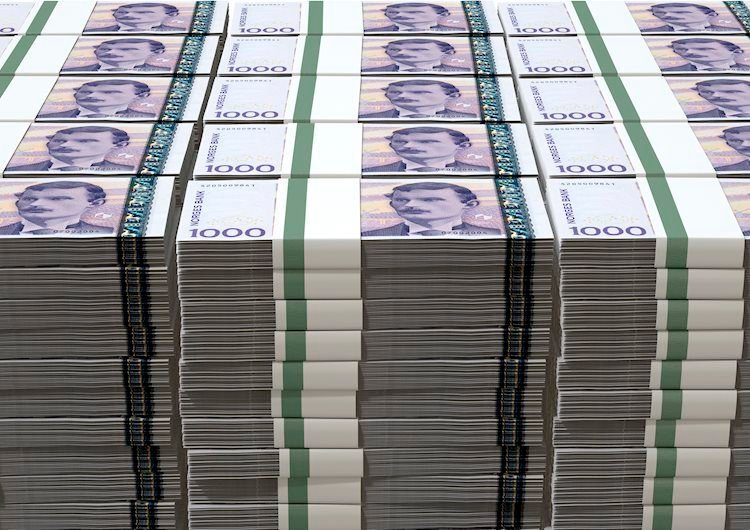Key Highlights:
- Pound Sterling (GBP) consolidates near 1.2700 against the US Dollar (USD).
- The Federal Reserve (Fed) is expected to cut interest rates by 25 basis points to 4.25%-4.50%.
- UK inflation data supports the expectation that the Bank of England (BoE) will keep rates steady at 4.75%.
Market Overview
GBP/USD Consolidation Ahead of Fed Policy
The Pound Sterling trades sideways against the US Dollar as markets await the Federal Reserve’s monetary policy decision. A 25-basis-point rate cut is widely anticipated, marking the Fed’s third consecutive reduction.
Investors are keen to assess the FOMC Economic Projections and the dot plot, which will offer insights into the Fed’s future rate path. Recent surveys suggest the Fed may maintain a cautious approach in 2025, with only three rate cuts expected as inflation risks linger.
Impact of UK Inflation Data
In the UK, the November Consumer Price Index (CPI) showed annual headline inflation rising to 2.6% YoY, aligning with expectations. Core CPI rose by 3.5%, slightly below estimates but higher than October’s 3.3%.
This data strengthens expectations that the BoE will keep its policy rate unchanged at 4.75% in Thursday’s meeting, likely with an 8-1 vote split. MPC member Swati Dhingra is expected to favor a 25-bps rate cut.
BoE Governor Andrew Bailey’s press conference will be closely watched for clues on potential policy easing in 2025.
Technical Analysis
GBP/USD Near Key Moving Averages
- The pair hovers near its 20-day EMA at 1.2815, with immediate resistance at the 200-day EMA around 1.2710.
- On the downside, GBP/USD found support near an upward-sloping trendline around 1.2600, traced from the October 2023 low of 1.2035.
Momentum Indicators
- The 14-day Relative Strength Index (RSI) oscillates between 40.00 and 60.00, signaling a neutral, sideways trend.
Key Levels to Watch:
- Support:
- 1.2600 (trendline support).
- 1.2500 (psychological level).
- Resistance:
- 1.2710 (200-day EMA).
Conclusion
The Pound remains in a consolidation phase as markets await crucial updates from both the Fed and BoE. While steady UK inflation strengthens the case for unchanged BoE rates, investor focus will shift to Governor Bailey’s guidance on future policy moves. Similarly, the Fed’s dot plot and projections will be pivotal in shaping USD momentum.
In the near term, GBP/USD could see sideways action within the 1.2600-1.2710 range, barring significant surprises from central bank announcements.







